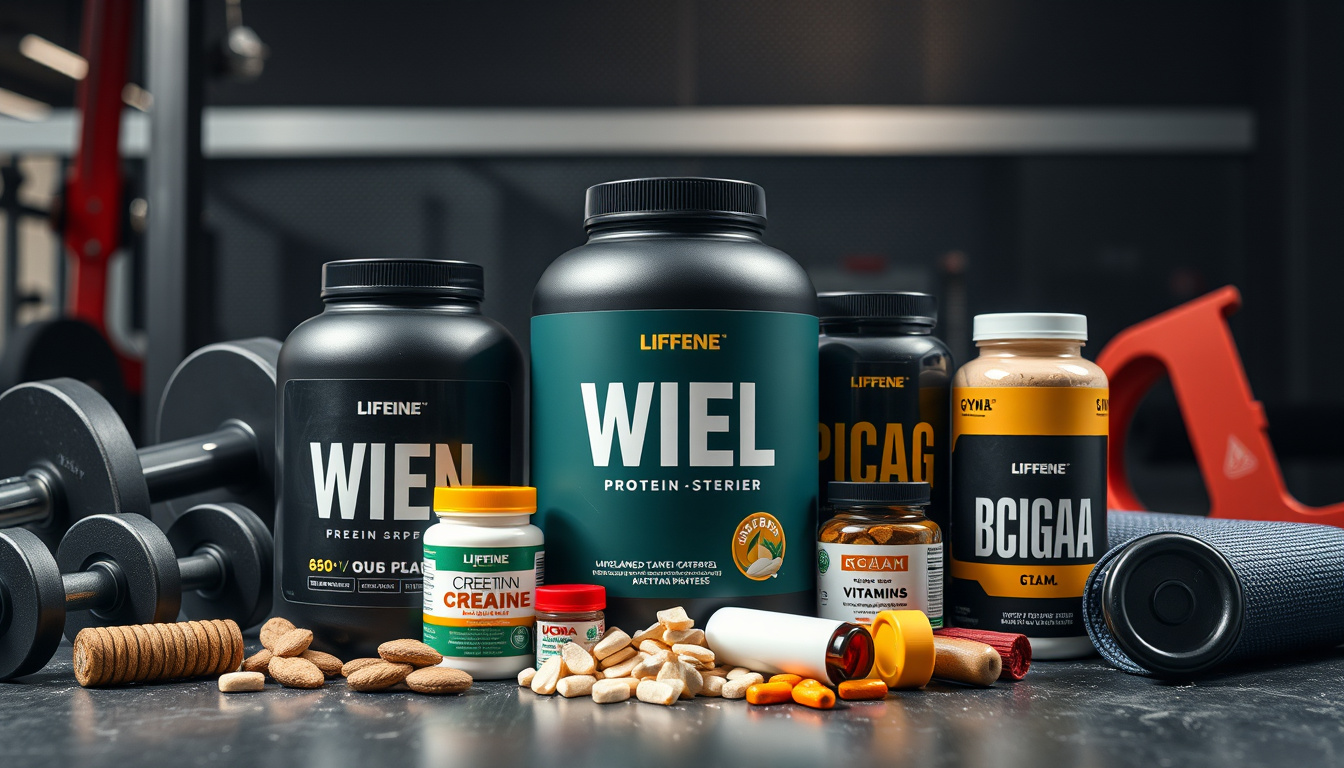So, you are on a mission to add mass. You dislike the stick figure look or seek strength and self-assurance. Bulking becomes your route to muscle gains. Before you fill your plate with pasta and protein shakes, take a moment. Think of it as sitting with a gym friend who shares tips over coffee. Let’s begin!
What Does ‘Bulking’ Really Mean?
People use the word "bulking" in gyms and on forums. In simple terms, it means you eat more calories than you burn to build muscle. This phase is for adding muscle mass—it beats hiding in skinny jeans!
But note: bulking is not a free pass to eat whatever you want. It is not a never-ending buffet. You must choose your foods wisely to gain muscle while keeping extra fat low.
Real-Life Application: The Bulking Phases
Before you start your bulking trip, know that bulking usually has two parts: Clean Bulking and Dirty Bulking.
-
Clean Bulking: You choose foods that are good for you. Lean meats, whole grains, fruits, vegetables, and healthy fats come to mind. The aim is to build muscle with little fat. It works well if you want to feel good while gaining mass.
-
Dirty Bulking: Here, you may not worry as much about food type. You can enjoy items with extra sugar and fat. The risk is that you might add unwanted fat along with muscle. Some find this plan gives fast results.
Select your path based on your goals, lifestyle, and time for meal planning.
The Science of Calories: How Many Should You Eat?
You ask, "How many calories should I eat?" Start with 250 to 500 calories more than your usual burn. An online calculator can give your daily burn estimate using your age, weight, height, and activity.
For example:
- If your daily burn is 2,500 calories, aim for 2,750 to 3,000 calories during bulking.
Keep an eye on progress, like tracking gains or calories. It is like having a map when you set sail.
Macronutrients: The Building Blocks of Bulking
Let us look at the fuel for muscle building: macronutrients. They come in three types:
Protein
Protein stands as a best friend for muscles. Aim for 1.2 to 2.2 grams per kilogram of body weight. Foods like chicken, fish, eggs, tofu, and beans are great.
Carbohydrates
Carbs fuel your workouts and fill your energy stores. Choose simple sources like oats, brown rice, quinoa, and sweet potatoes. They help keep you full and aid recovery.
Healthy Fats
Do not skip fats; they perform a key role. Use foods such as avocados, nuts, seeds, and olive oil. Try to get about 20-30% of your total calories from these fats.
By mixing these foods wisely, muscle gains come faster.
The Importance of Weight Training
You need weight lifting to build muscle. Eating calories alone will not create muscle mass. Add resistance training to your plan.
If you are new, focus on moves like squats, deadlifts, bench presses, and overhead presses. These movements work more than one muscle and help build mass faster than single-muscle exercises.
Consistency Is Key—And Celebrate Your Wins!
The toughest part of bulking is steady effort. It is fun at first, but busy days can lower your energy. Set small goals, like adding a few more pounds to your bench press or planning meals for a week.
Celebrate every win! Whether it is a new record or sticking to your meal plan, every bit matters. Your journey is made of many small steps.
Create a Support System
Find a gym buddy or join an online group. Sharing progress, tips, and occasional off-days makes the journey more fun.
Wrapping It Up: You Have This!
Bulking well means knowing details, planning, and patience. The start may seem hard, but with a sound method, you will reach your fitness goals.
Here is to growing stronger, more confident, and adding muscle! Stay informed, enjoy the process, and value every gain. You have this, my friend!
Feel free to ask if you have any questions or want to learn more. The bulking world is wide, and we are just getting started!




